20.08.2025: Jeans and their wearers – traces of life on denim
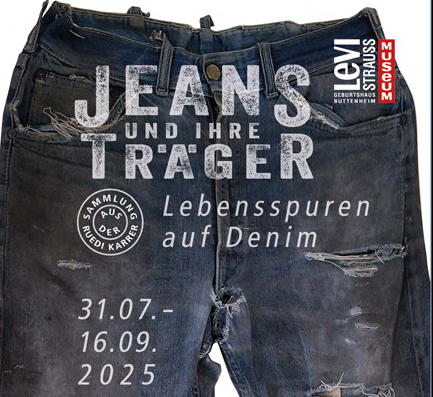 Mehr ansehen
Mehr ansehen25.03.2025: 25 YEARS OF THE LEVI STRAUSS MUSEUM – 31.05. – CELEBRATE WITH US!
 Mehr ansehen
Mehr ansehen06.03.2025: “Buttenheim’s Next Jeans Models” wanted: Casting for the big Levi Strauss anniversary show!
 Mehr ansehen
Mehr ansehen05.06.2023: The Denim Legends by British textile artist Ian Berry complement the special exhibition “The Greatest Story Ever Worn”.
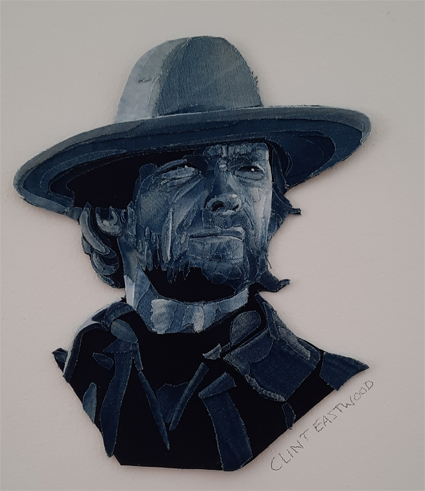 Mehr ansehen
Mehr ansehen01.06.2023: The Greatest Story Ever Worn – 150 Years Jeans
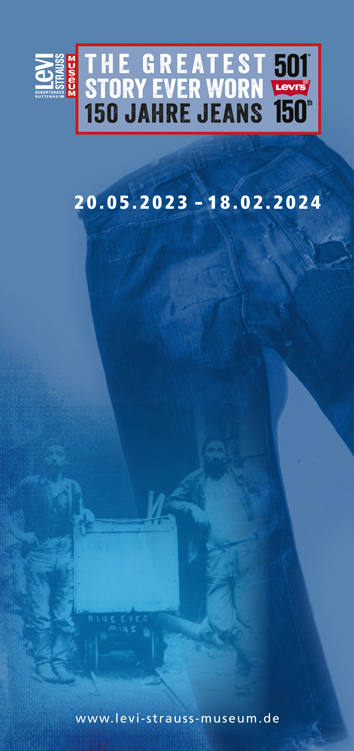 Mehr ansehen
Mehr ansehenMuseum education
VIRTUAL MUSEUM TOURS:
Since 2020, live stream tours via Zoom through the Levi Strauss Birthplace have been available in cooperation with AGIL/Bamberg.
Especially for school classes and groups, these now offer a real and entertaining alternative to the real museum visit. There is no need to leave the classroom or the respective private rooms. A museum educator is on site and visits the museum in real time together with the group. However, this is by no means a prefabricated video tour that is played over and over again in the same way! The tour is live, is specially designed for the respective group, questions can also be answered and work tasks solved.

For schools, there is also accompanying material for preparation and follow-up. All the guests need is a PC or mobile device with a camera (or a beamer for school classes) and internet access! Then the visitors can participate from home or from school – of course they do not necessarily have to meet for this, many different locations (also abroad) are possible.
FTOURS FOR CHILDREN:
Jeans are an object that affects the everyday and living world of children in many ways. The history of jeans and their inventor includes numerous central facts from a wide variety of subjects. That is why the Levi Strauss Museum is ideally suited as an extracurricular place of learning for different types of schools.
Children’s tour “Interwoven” – Levi Strauss Museum
Offer for 8 – 13 year-olds in grades 3 – 6:
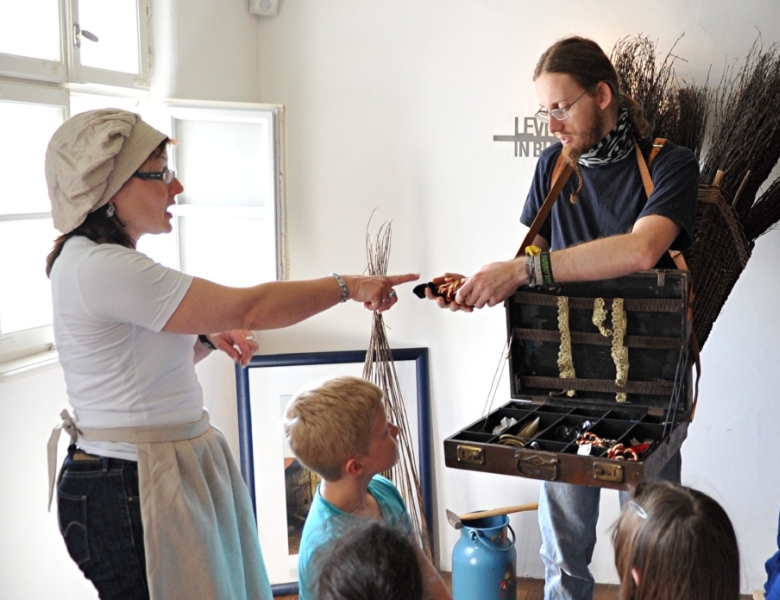
The participants learn about the living conditions in a Jewish rural community in the 19th century in an age-appropriate way, find out about the life and success story of Levi Strauss and the history of jeans. Historical contexts become vivid with true-to-the-original props, such as Celtic trousers or a vendor’s tray. There also is a practical part, in which the children can create a small souvenir to go with the museum visit.
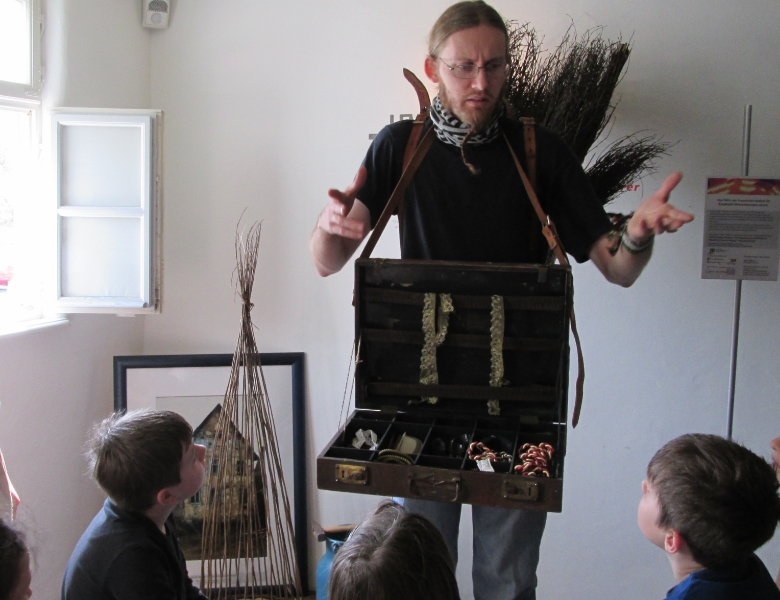
The children’s tour “Interwoven” was developed by the
AGIL (Büro für angewandte Archäologie, Bamberg)
Cooperation project for children:
Levi Strauss Museum – Museum Tropfhaus Sassanfahrt – Bauernmuseum Frensdorf
“Of farmhands and maids, day labourers and itinerant traders – life in the countryside in the 19th century”.
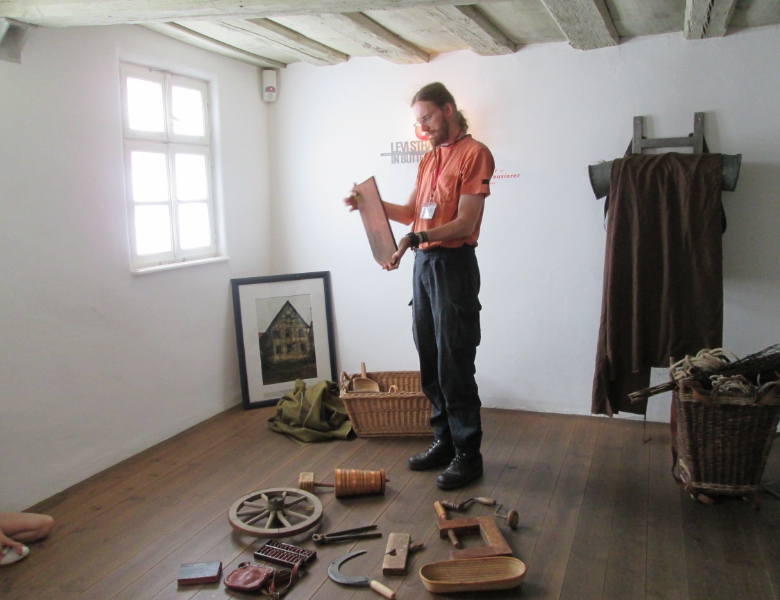
Offer and
programme design:
The programme is aimed at special schools, school classes in grades 3 – 8, as well as interested groups. The programme can be designed flexibly. The modules can be booked individually, carried out one after the other on one day or scheduled as a multi-day activity. Worksheets and teacher handouts are available.
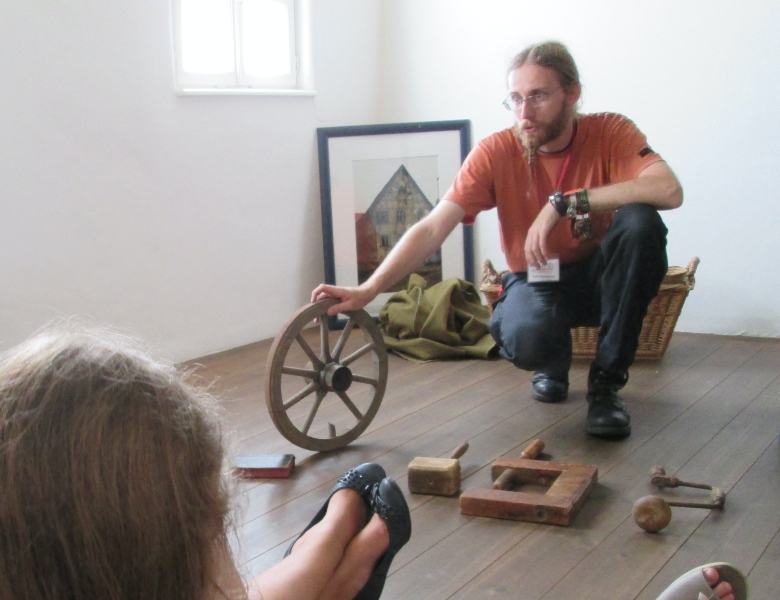
Content:
What is a drip house? What did a pedlar sell? What was the life of a day labourer like? What activities were important in the daily routine of farmhands and maids? The project “Of farmhands and maids, day labourers and itinerant traders – life in the countryside in the 19th century” explores these questions in detail and takes us on a journey into the everyday life of the rural lower classes of the 19th century. In all three museums, we learn about different ways of earning a living and the living conditions of the lower classes of the time:
The peddler in the Levi Strauss Museum:
Today, it is hard to imagine life without the internet and department stores. In the 19th century, however, the shopping situation was very different. Itinerant traders or peddlers often took over the supply, saving the rural population the usually long journey to the urban markets. In the Levi Strauss Museum we get to know the rough everyday life of a pedlar. We can gain practical insights into the life of this occupational group by loading a vendor’s tray.
The day labourers in the museum Tropfhaus Sassanfahrt:
Taglöhner waren in der Dorfgemeinschaft wenig geachtet, als Arbeitskräfte, sowohl in der Landwirtschaft als auch bei Bauprojekten, jedoch von großer Bedeutung. Entweder bei einem Bauern gegen Kost und Logis für einen bestimmte Zeitraum fest Day labourers were little respected in the village community, but were of great importance as workers, both in agriculture and in building projects. Either permanently employed by a farmer for room and board for a certain period of time or as a freelance day labourer with changing workplaces, this group of people had a hard and deprived life. The museum Tropfhaus Sassanfahrt gives an interesting impression of the cramped and poor living conditions of the day labourer families. Broom tying is a typical activity that day labourers used to supplement their meagre income.
Farmhands and maids in the Frensdorf Farm Museum:
Agriculture, which was not yet industrialised, was absolutely dependent on labourers, the farmhands and maids. They did all the work that had to be done in the house and on the farm. In the Frensdorf Farm Museum we can learn about life on a farm in the 19th century and follow the daily routine of the farmhands and maids. In “churning butter” we learn a typical activity and at the same time produce a foodstuff that is still available in every household today.
If you are interested, please send an e-mail to: levi-strauss-museum(at)buttenheim.de